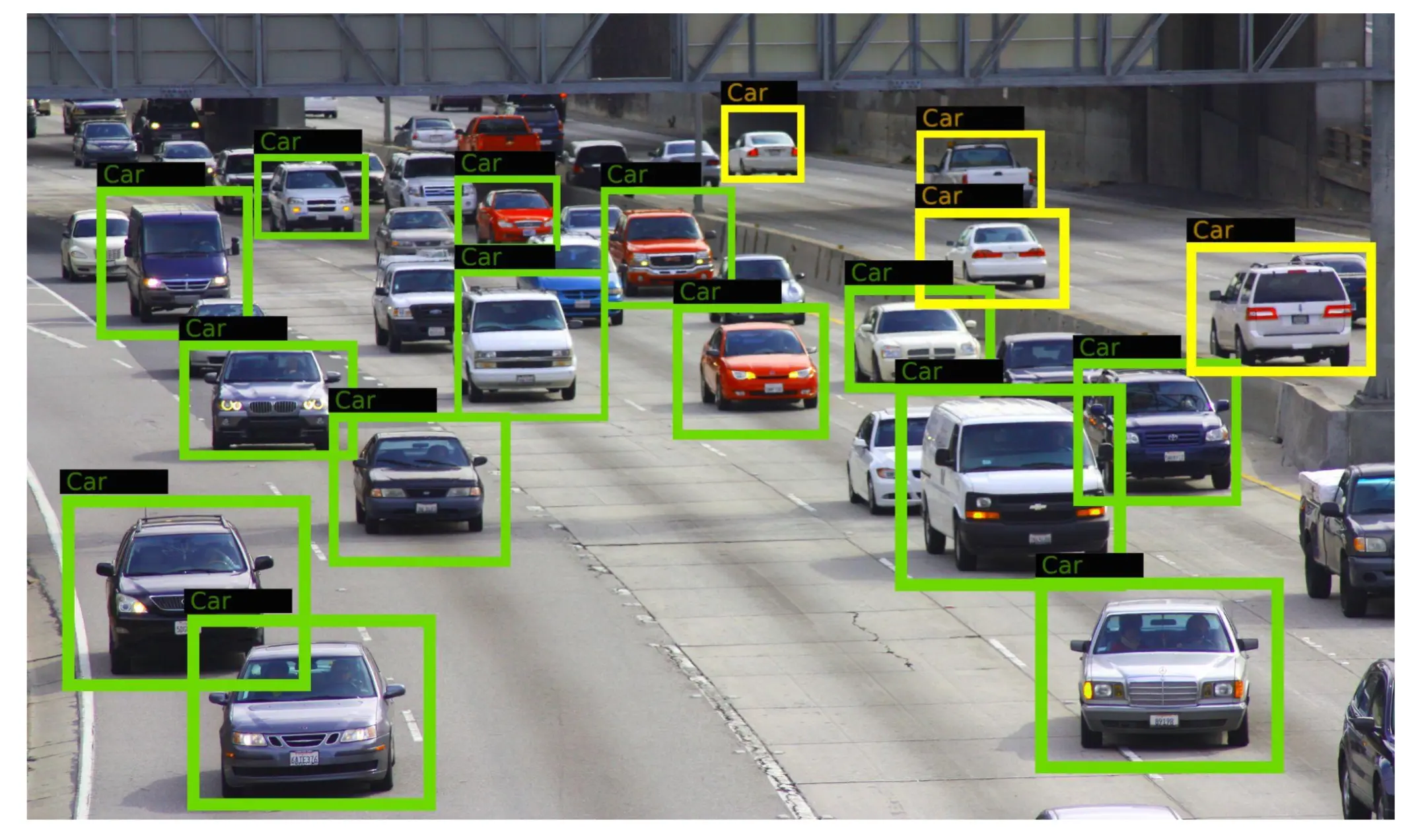- Publication: OpenAI
- Publication Date: January 23, 2020
- Organizations mentioned: Johns Hopkins University
- Publication Authors: Jared Kaplan, Sam McCandlish, Tom Henighan, Tom B. Brown, Benjamin Chess, Rewon Child, Scott Gray, Alec Radford, Jeffrey Wu, Dario Amodei
- Technical background required: High
- Estimated read time (original text): 90 minutes
- Sentiment score: 70%
In AI and ML, machines’ ability to comprehend and generate human language has advanced, thanks to neural language models. The study “Scaling Laws for Neural Language Models” examines the relationship between model performance, model size, training data volume, and computational power. The study presents strategies for maximizing language model efficiency, offering insights for businesses aiming to enhance automated language services like virtual assistants or real-time translation without technical complexities.
TLDR:
Goal: The study explores the impact of model size, data volume, and computational power on neural language model efficiency. It aims to optimize AI performance while minimizing costs—a crucial advantage as business investment in AI is projected to hit $110 billion by 2024. This research could be key to cost-effective, smarter AI applications in everyday business use.
Methodology:
- Trained various Transformer models with differing sizes, dataset sizes, and architectural details.
- Optimized autoregressive log-likelihood over a 1024-token context using the Adam optimizer.
- Analyzed performance trends by varying certain factors while holding others constant.
Key findings:
- Model performance scales predictably with the number of non-embedding parameters, dataset size, and compute, showing power-law relationships.
- Overfitting can be managed by scaling model size and dataset size in tandem; for every 8x increase in model size, a 5x increase in data is needed.
- Training curves follow predictable power-laws, allowing long-term performance extrapolation based on early training.
- Larger models are more sample-efficient, achieving better performance with fewer optimization steps and data points.
- Optimal compute-efficient training involves training very large models on modest data and stopping before convergence.
- The ideal batch size for training is related to the loss and gradient noise scale, suggesting batch sizes around 1-2 million tokens at convergence for the largest models.
Recommendations:
- Allocate a fixed compute budget towards training larger models rather than increasing dataset size or training time excessively.
- Use the established power-law relationships to predict the loss for different scales of model size, data, or compute.
- To avoid overfitting, increase the dataset size sublinearly with the model size.
- Train models at the critical batch size for an optimal time/compute tradeoff.
- Future research should explore model parallelism and other strategies to efficiently train larger models.
Think Critically:
Implications:
- Adoption of Larger Models: The study’s recommendations could lead to a shift towards developing significantly larger models, increasing the demand for more powerful computing infrastructure and raising environmental concerns due to higher energy consumption.
- Economic and Competitive Landscape: Larger entities with substantial computational resources could dominate the market, making it harder for smaller players to compete.
- Research and Innovation: Focused research on efficient model scaling could lead to breakthroughs in natural language understanding and generation.
Alternative perspectives:
- Methodological Limitations: The study’s conclusions are empirical and lack a solid theoretical foundation, raising questions about the generalizability of the findings.
- Sustainability Concerns: Critics might argue for more efficient training methods that do not rely on increasing model size and compute.
- Potential for Overfitting: There may be a point where overfitting becomes a significant issue, leading to a reassessment of the “bigger is better” approach.
AI predictions:
- Growth of Model Sizes: The trend towards larger neural language models will likely continue, with organizations striving to build models with greater numbers of parameters for better performance.
- Increased Importance of Hardware: The need for advanced hardware capable of supporting large-scale model training will grow, leading to significant investments in specialized AI chips and infrastructure.
- Shift in Research Priorities: The AI research community may prioritize developing algorithms and techniques that optimize computational resources and predict model performance given different scaling factors.
Glossary:
- Model size (N): Number of non-embedding parameters in a neural language model.
- Dataset size (D): Total tokens in the dataset used for training.
- Compute (C): Total computational effort for training, accounting for batch size and training steps.
- Critical batch size: Optimal batch size for efficient training, typically around 1-2 million tokens for large models.
- Overfitting: When a model memorizes training data instead of generalizing from it.
- Sample efficiency: The ability of a model to achieve high performance with fewer data points or optimization steps.


 Join hosts Anthony, Shane, and Francesca for essential insights on AI's impact on jobs, careers, and business. Stay ahead of the curve – listen now!
Join hosts Anthony, Shane, and Francesca for essential insights on AI's impact on jobs, careers, and business. Stay ahead of the curve – listen now!


